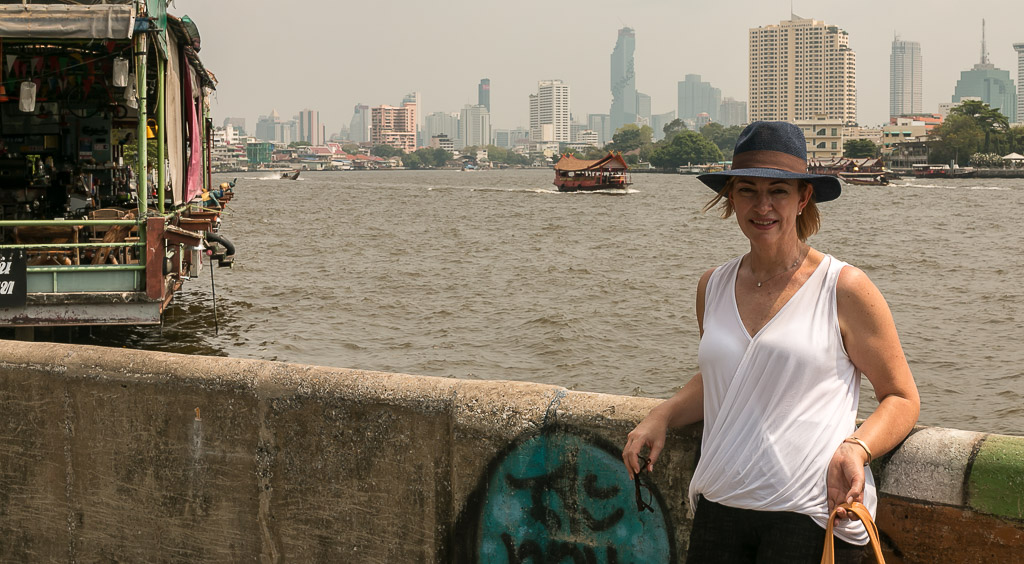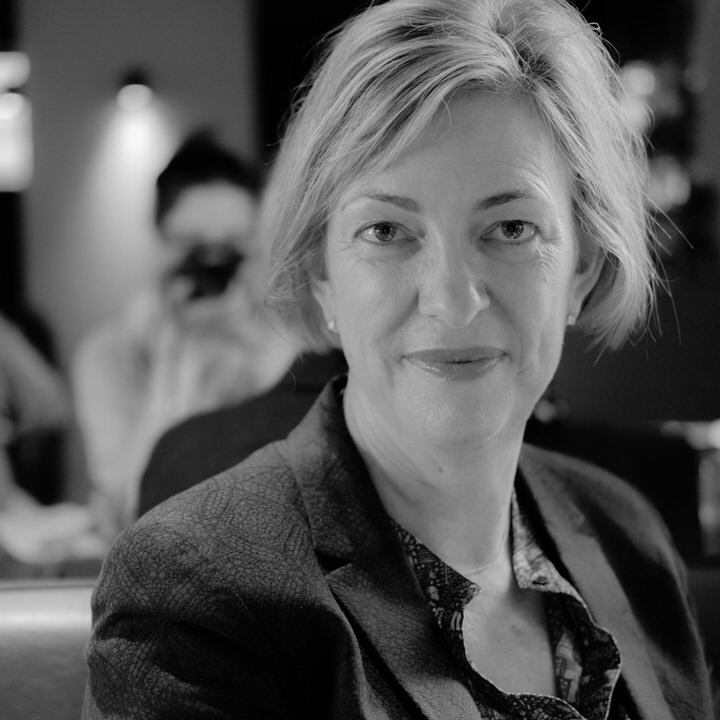It’s taken five trips to Bangkok to finally break free from the conference roundabout. As a tag-along spouse, dubbed “Madam Ben” by the smiling Thais, I’m generally given a chauffeur-driven car, a guide and an itinerary crammed with golden Buddhas, floating markets, snake farms and salt pans when I visit.This is a well-intentioned strategy to keep me occupied while “Professor (sic) Ben” does his thing in a nearby hospital and it’s an arrangement which holds certain charms. I can ditch the map, shut down Trip Advisor and stop struggling with the language. It’s a very safe way to see the city and surrounds. It’s also very dull.
This time, after politely dodging my hosts, I did it differently, venturing beyond the limousine and five-star accommodation. It took some resolve, as the Dusit Thani hotel, overlooking Lumpini Park and close to Patpong’s bright lights and go-go bars, was a holiday destination in itself, with a string of restaurants and bars, an outdoor pool, a gym and retail options including frock shop, spa, hair salon and tobacconist. Wanting something more than a good cigar and a blow-dry this visit, I took a deep breath and stepped outside to explore.

In contrast to the carpeted corridors and elegant foyer of the hotel, Bangkok’s footpaths were busted-up and narrow, crowded with food stalls and broken bricks, stray dogs and sleeping cats, snaking power cords in search of outlets. Where paths existed they were cracked and potted, wet with waste water or dripping, overhead air-con outlets. In the smaller back streets, foot traffic mingled with the motorised wending its way through parked cars and food carts.
My feet (or was it an itchy credit card?) led me to the Jim Thompson store; five quiet, air-conditioned levels of silk fabrics, soft-furnishings, purses, scarves and handbags. An American who moved to Thailand in the 1950s, Jim Thompson revived the nation’s traditional silk crafts before mysteriously disappearing when walking in Malaysia in 1967. His flagship store was a nice place to browse, but I heard the outlet version in Bang Chak was a better place to shop for silk goodies and planned to visit there another day.

After wandering through the market lanes of Chinatown, where knock-offs and dim-sum did a roaring trade, I took a break from the heat with a trip to the posh end of Bangkok. Here, designer stores dominated vast shopping malls like Central World, Siam Paragon and EmQuartier. Moneyed locals and tourists happily queued for admission to Louis Vuitton, juggling their Salvatore Ferragamo shopping bags with their mobile phones while they waited, and I got my caffeine fix and used the bathroom.
By now torn between crumbling footpaths or fluorescent shopping malls, I opted for a different urban adventure, cheaper and more thrilling than a theme-park ride – a Bangkok taxi. My driver travelled at two speeds – break-neck and standstill. He didn’t so much change lanes as simply veer in and out, squeezing in front of cars with no indication and only millimetres to spare. Forcing myself to keep my eyes open, I avoided looking at oncoming cars, instead soaking up the riot of commerce spilling through open doors. Every building seemed to be selling something – Pepsi, massage, lotto tickets, string bags, bike tyres, steamed buns, pot plants – sometimes all in the one place.
Walking in Lumpini Park later that evening, I stumbled across open-air exercise classes, where hundreds of t-shirt clad Thais jumped and gyrated on the asphalt to the beat of pumped music. Hundreds more ran the park’s circumference in the fading light, with the city’s ubiquitous food hawkers looking on from behind steaming carts.

I found the Erawan Hindu shrine, a golden blip in a landscape dominated by the hulking Grand Hyatt hotel and sister shopping malls, showing no sign of the 2015 bombing which killed 20 people. I paid around $24 for flower garlands, candles and incense sticks (a sum I chalked up as a donation) then followed the crowd to light and leave them, my own clumsy attempt at quiet reflection on the lives lost.

The following day I caught the Chao Phraya river public ferry to reach the old city (Rattanakosin), home to the Grand Palace and Wat Pra Keaw (Temple of the Jade Buddha), Wat Pho (Temple of the Reclining Buddha) and the Bangkok National Museum.The starting point, Sathorn Pier, was near the Skytrain station Saphan Taksin. I followed the crowd through exit two, avoiding the touts selling private long-boat tours of the river and canals (although I’m told these are also a good way to see Bangkok from the water, just more expensive). A one-day ferry ticket cost 150 baht (about $6).

Thai boat drivers were much like their taxi cousins, approaching each pier at full tilt, likely to ram into the rubber-tyre loading zone rather than ease the vessel in. The boats sat low in the water and were open-sided. Passengers who grabbed an outside seat sometimes paid for that view with a river-water splash.
By contrast the Skytrain was clean and air-conditioned with trains leaving every few minutes. It was cheap (most one-way fares less than $2.00) and tickets were easy to buy, with coin-operated machines and ticket offices giving change. Station names signposted in Thai and English made things easy and the elevated tracks gave a great aerial view of the city. I could waive to my conference-spouse buddies stuck in the gridlocked traffic below.
After a few days of freedom, the real Bangkok had become clearer. Buddha and the King were everywhere – plastered on the ceiling, hanging from the mirrors and bobbing up and down on the dash of the daredevil taxis. (Maybe that’s why they drove with such confidence.)
Famous shrines drew tourist hordes but devoted Thais come to burn incense and make offerings still outnumbered the Birkenstock crowd. The King appeared to be universally loved. Billboards bearing his image were scattered around the city, and many Thais paused as they walked past, raising pressed palms to their forehead with a slight bow of respect.

On my last evening in the capital our hosts took us to a Chinese restaurant for dinner. With my newfound city savvy, I knew the venue was only a 10-minute walk away. But, as special guests, we were driven in a limousine, creeping like a glacier to arrive at the destination 20 minutes later. No matter. Our hosts asked Madam Ben to choose the wine and were so impressed by tales of my local adventures they declared me an “honourary Bangkokian”.


